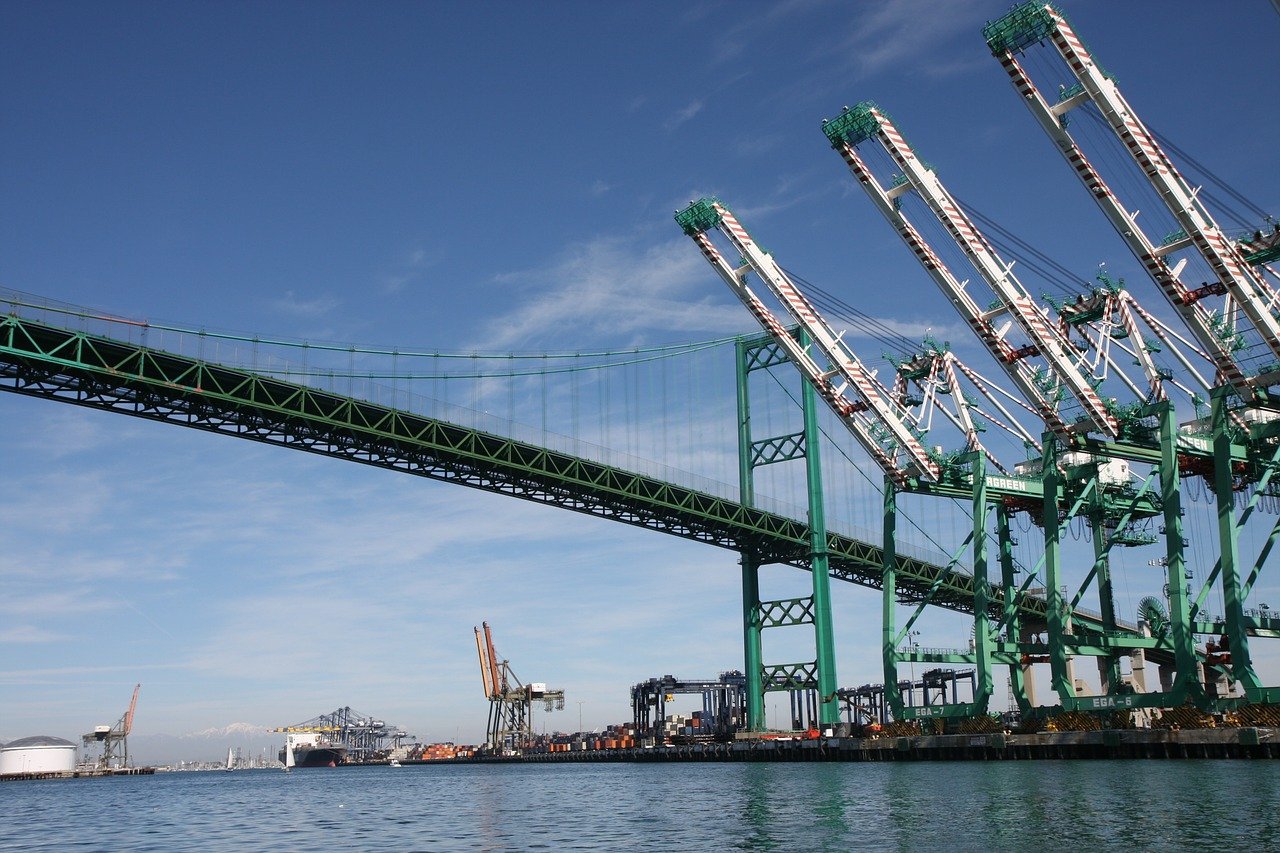North America’s share of global trade will remain static till 2025 says Economist
Reshoring is becoming a greater priority, but it will take considerable time to make a dent in Asia’s share of trade according to research

A report by the Economist Intelligence Unit (EIU) says that despite President Biden’s emphasis on supply-chain security and strong internal North American relations, the reality is that a significant shift to relocate the supply chain out of Asia looks unlikely in the medium term.
The ‘North American supply chains: Will reshoring actually happen?’ 2021 report does expect a noticeable shift in supply-chain diversification, but that will be focused primarily within Asia for the near future.
However, moves towards North America will be limited because of the area’s perceived lack of competitiveness. This aspect has been exacerbated by the apparent success of Asian countries in rebounding from COVID-19 disruptions so far, as well as the established nature of their low-cost manufacturing base.
The report predicts that while US exports will increase, the share of North America’s overall global exports will remain at 14% between 2019 and 2025 due to the fact that Canada and Mexico will see decreases in their shares. Meanwhile, Asia is expected to see a 2% rise to 38%. Both China and South-east Asia will enjoy increases in their projections.
The report believes that foreign investment will continue to be discouraged by North America’s protectionist tendencies and cross-border tensions which will impact on production-cost negotiations throughout the region.
Nonetheless, the rise in US-China tensions under former President Trump and fears about supply-chain fragility prompted by the COVID-19 pandemic, encouraged companies to re-assess the resilience of their global supply chain. These tensions are not expected to fade under the new Biden administration because supply chains are now viewed as geopolitical instruments.
Mexico a key, but flawed, link in trade
The simplest option for the US would be to focus on its North American neighbours. Since the implementation of the North American Free-Trade Agreement in 1994, and the signing of the US-Mexico-Canada Agreement (USMCA) in mid-2020, the US, Canada and Mexico have formed one of the world’s largest free-trade areas (FTAs) by GDP.
Shorter transportation times are an obvious advantage but there is also the bonus of agreed structures which support the development of effective intra-regional value chains.
Mexico is key to the credibility of North America’s reshoring potential. Mexican production costs are expected to remain stable, despite some necessary wage increases demanded by USMCA. They will, therefore, be viewed favourably against China’s which have been notably affected by a significant rise in wages during the past decade.
Although Mexico offers a significant and similar capacity in goods such as automobiles, vehicle parts and consumer electronics to Asia, it is much weaker in other key areas such as semiconductors.
Taiwan and South Korea currently hold 80% of the semiconductor production capacity globally and the fact that this industry requires significant capital investment and a highly skilled workforce means moving production to Mexico would be neither easy nor cheap. Intellectual-property rights also present cause for concern when moving hi-tech manufacturing into new geographical markets.
Prevention by protectionism
The idea of North America as a viable alternative to Asia in terms of production will continue to be marred by factors affecting competitiveness. North American factories were severely impacted by the lockdown measures at a time when Asian factories continued production due to successful coronavirus-mitigation measures.
Canadian Prime Minister Justin Trudeau looks set to continue the closure of the US-Canada border to anything but essential traffic until his country’s vaccination targets are met. Mexico has, by all accounts, implemented a disastrous response to the pandemic.
While President Biden has sought to rein back talk about protectionism, he has yet to exclude Canada from his “Buy American” rules and has announced a possible doubling of tariffs on Canadian lumber. He has also announced plans to sue Canada under USMCA requirements for failure to open up its dairy market. None of these policies improve the image of the US as welcoming base for foreign investment.
Protectionist policies, also rife in Mexico, will continue to deter foreign investors. President Lopez Obrador’s term should continue until 2024 but amidst continuing worries about corruption and violence. Mexico compares unfavourably with the US and Canada, but also with China and other Asian countries, on The Economist’s Business Environment Rankings.
A subtle shift
All these factors will deter companies from reshoring in North American.
Asian countries offering low-cost alternatives to China, such as Vietnam and Indonesia, are expected to continue to attract foreign direct investment. Such investment is expected to increase in North America too but this will be driven by the US and Canada rather than Mexico. The latter is predicted to be the only country in the North American region to see a lower average annual foreign-capital inflow in 2021-25 than was seen during the five-year pre-pandemic period.
While the US is expected to introduce a number of policies to encourage home-based manufacturing, it looks likely that US-based companies will continue to source materials from abroad and to retain their current production methods.
Despite the rhetoric of President Biden, it looks likely that the overall competitiveness of low-cost Asia will prevail.
